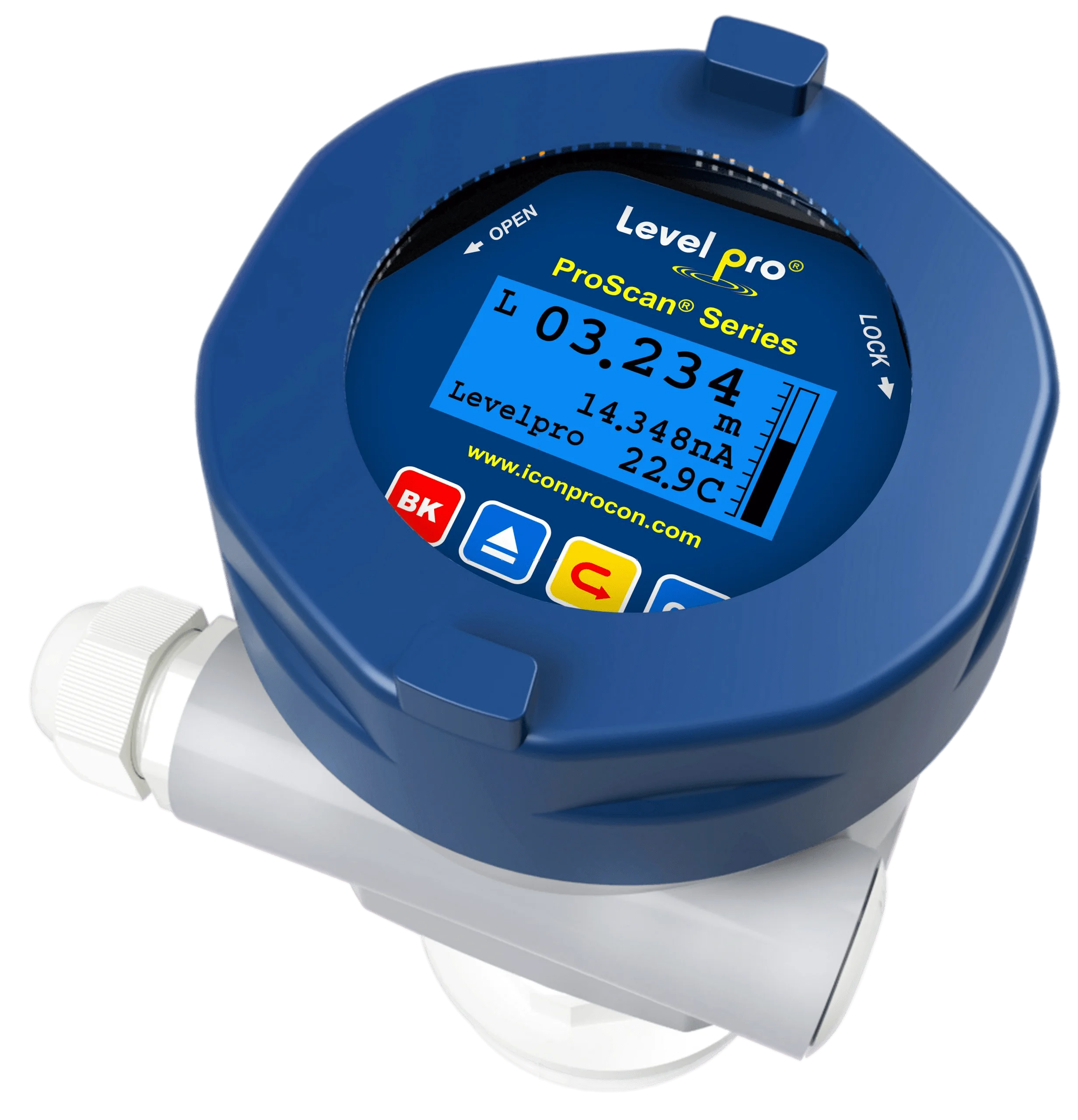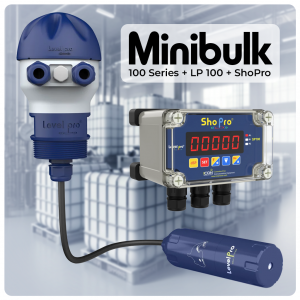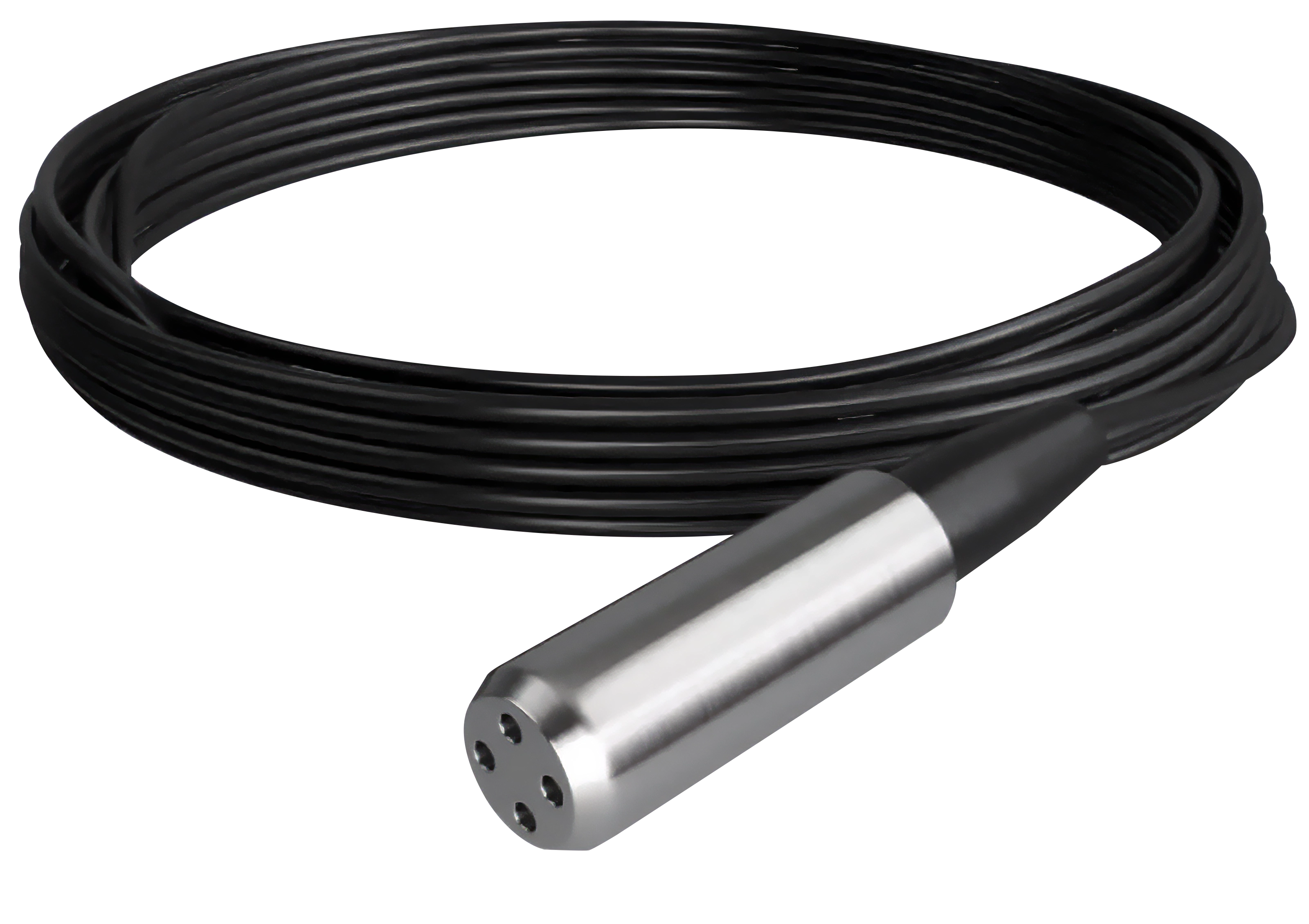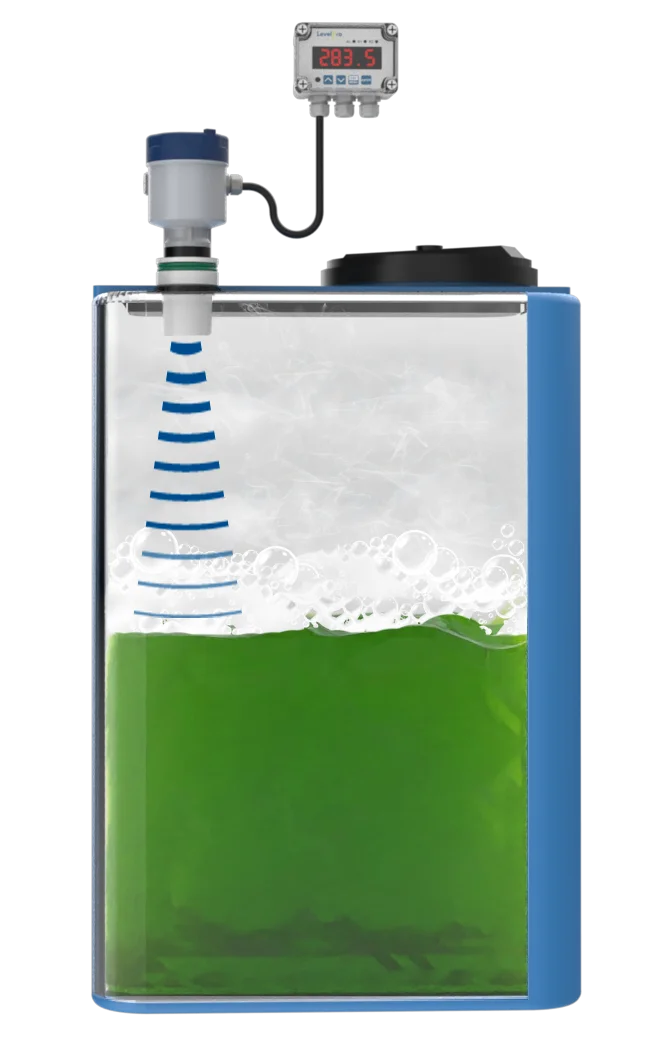Understanding How A Radar Level Sensor Works

The level of liquid or solid items in a container or vessel can be measured with the help of the liquid level sensor known as radar level sensors. These sensors make use of radar technology. They function by sending a microwave signal, which is typically in the form of a pulse, in the direction of the surface of the substance whose thickness is to be determined. After being reflected by the surface, the signal is eventually picked up by the antenna of the sensor. Calculating the distance to the surface and, consequently, the level of the substance requires taking into account the amount of time it takes for the signal to travel from the antenna to the surface and back again.
A radar level sensor will typically consist of a transmitter, a receiver, and a controller as its primary components. The microwave signal is produced by the transmitter, which then transfers it to the antenna to be received. The reflected signal is picked up by the receiver, which then relays it to the controller. The controller then calculates the level of the material based on the amount of time it took for the signal to travel from the receiver to the controller.
The measurement of liquids and solids in oil and gas, chemical, and food and beverage processing plants are examples of common applications for radar level sensors, which are employed often in a wide variety of other industrial applications as well. They are able to measure level in a broad variety of materials, including liquids, powders, and granules, and they are well-suited for usage in difficult situations. In addition, they have a high level of durability.
Pulsed radar, frequency modulated continuous wave (FMCW) radar, and guided wave radar are some of the variants of radar level sensors that can be purchased. Pulsed radar sensors work by sending out a single, brief burst of microwave radiation and then measuring the amount of time it takes for the pulse to reach its target and return. FMCW radar sensors are able to estimate the level of the material by emitting a continuous wave of microwave radiation and then measuring the shift in frequency of the signal that is reflected back from the substance. The probe or rod that is used by guided wave radar sensors is placed into the substance that is being monitored. The microwave signal is guided through the material by the probe, and the level is calculated based on the amount of time it takes for the signal to emerge from the other side of the material.
Each variety of radar level sensor has a set of benefits and drawbacks that are unique to itself; the sensor that is selected will rely on the particular application and the specifications that are put forth. Pulsed radar sensors, for instance, are often more accurate and can measure level in difficult situations. FMCW radar sensors, on the other hand, are more adaptable and can measure level in a variety of materials. Guided wave radar sensors are useful for detecting level in confined areas or in spaces that are otherwise difficult to access. Additionally, these sensors can measure level in either liquids or solids.
Learn more about level sensors
Please contact us to discuss your application


